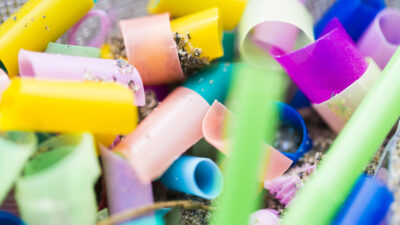Microplastics are small pieces of plastic that are less than 5 millimeters in diameter. They can come from a variety of sources, including the breakdown of larger plastic objects, the production of plastic products, and the use of plastic in consumer products including cosmetics and personal care products (e.g., microbeads in scrubs and toothpaste). Clothing (e.g., synthetic fibers). Food packaging (e.g., plastic bags and wrappers). Construction materials (e.g., plastic pipes and insulation). Electronics (e.g., plastic components)
The use of microplastics in products began in the early 1900s. At the time, plastics were a new and innovative material, and they were seen as a way to improve the quality and performance of products. Microplastics were first used in cosmetics and personal care products, such as toothpaste and face scrubs. They were also used in a variety of other products, such as clothing, food packaging, and construction materials.
The use of microplastics increased dramatically in the 1950s and 1960s. This was due to a number of factors, including the growth of the plastics industry, the increasing demand for consumer goods, and the development of new technologies for producing and processing plastics. Their use has continued to grow in recent years due to the increasing popularity of disposable products, the growth of the e-commerce industry, and the development of new applications for plastics.
There are a number of reasons why we use microplastics in products. Some of the reasons include, Cost-effectiveness: Microplastics are relatively inexpensive to produce, which makes them a cost-effective option for manufacturers. Versatility: Microplastics can be used in a variety of products, which makes them a versatile material for manufacturers. Durability: Microplastics are durable and long-lasting, which makes them a good choice for products that need to withstand wear and tear. Appearance: Microplastics can be used to improve the appearance of products, making them more appealing to consumers.
However, there are also a number of concerns about the use of microplastics. Environmental impact: Microplastics can pollute the environment, harming wildlife and ecosystems. Health risks: The potential health risks of microplastic exposure are unknown. Sustainability: The production of microplastics requires the use of fossil fuels, which contributes to climate change.
As a result of these concerns, there is a growing movement to reduce the use of microplastics. A number of countries and organizations have banned or restricted the use of microplastics in certain products. In addition, a number of companies have announced plans to phase out the use of microplastics in their products.

